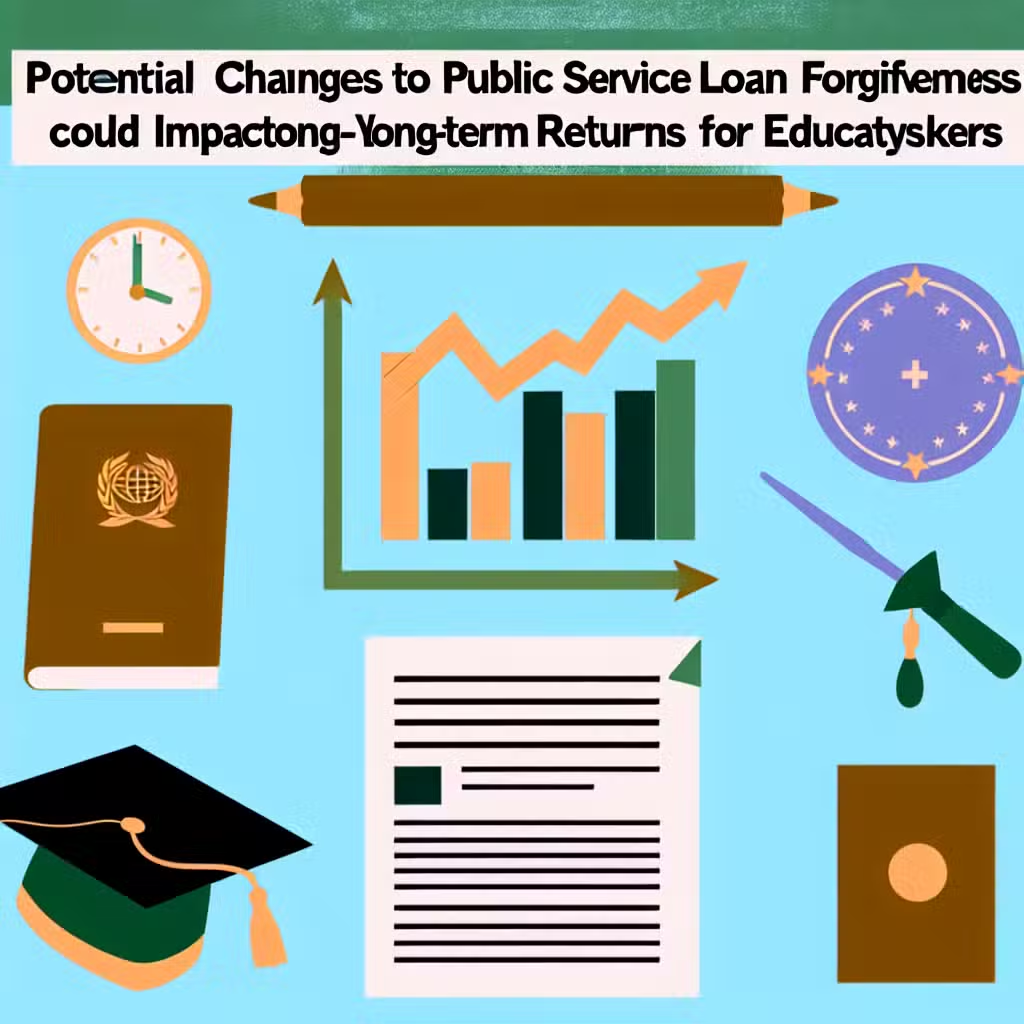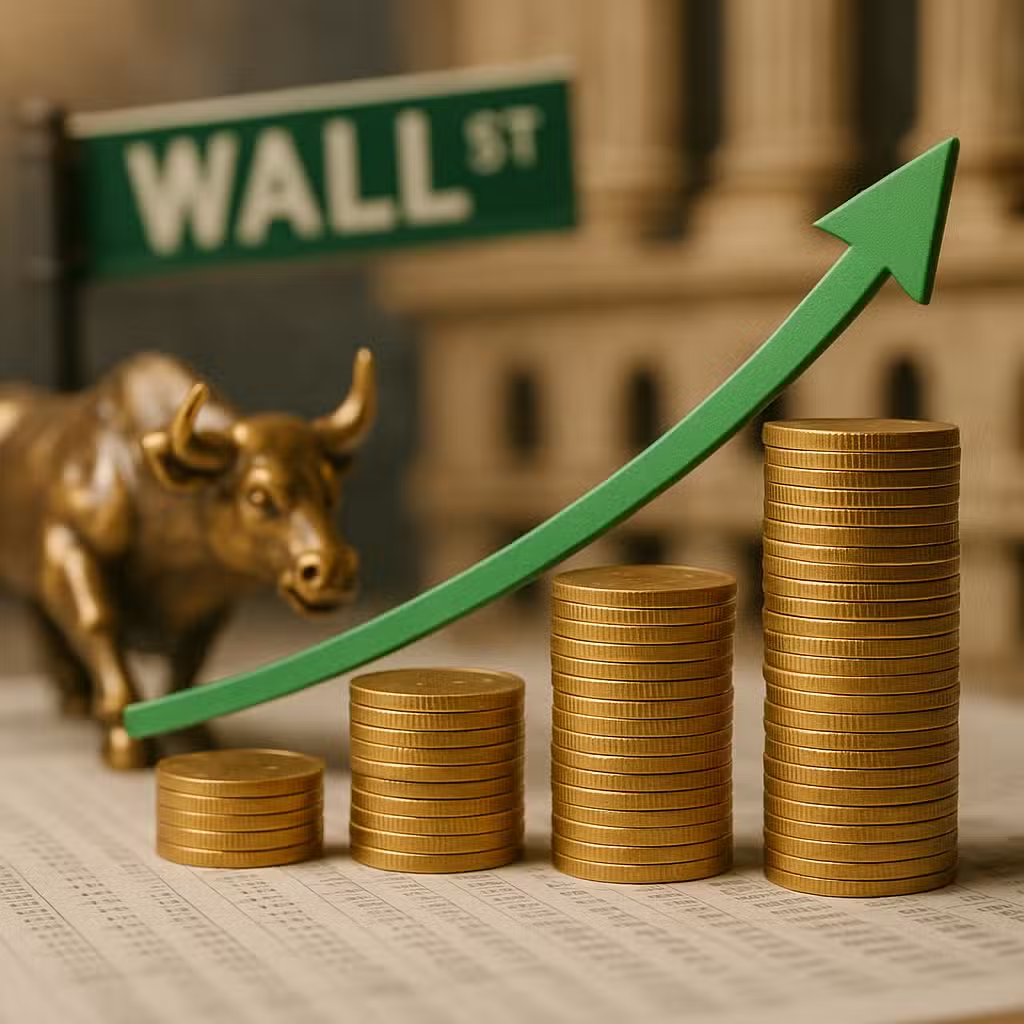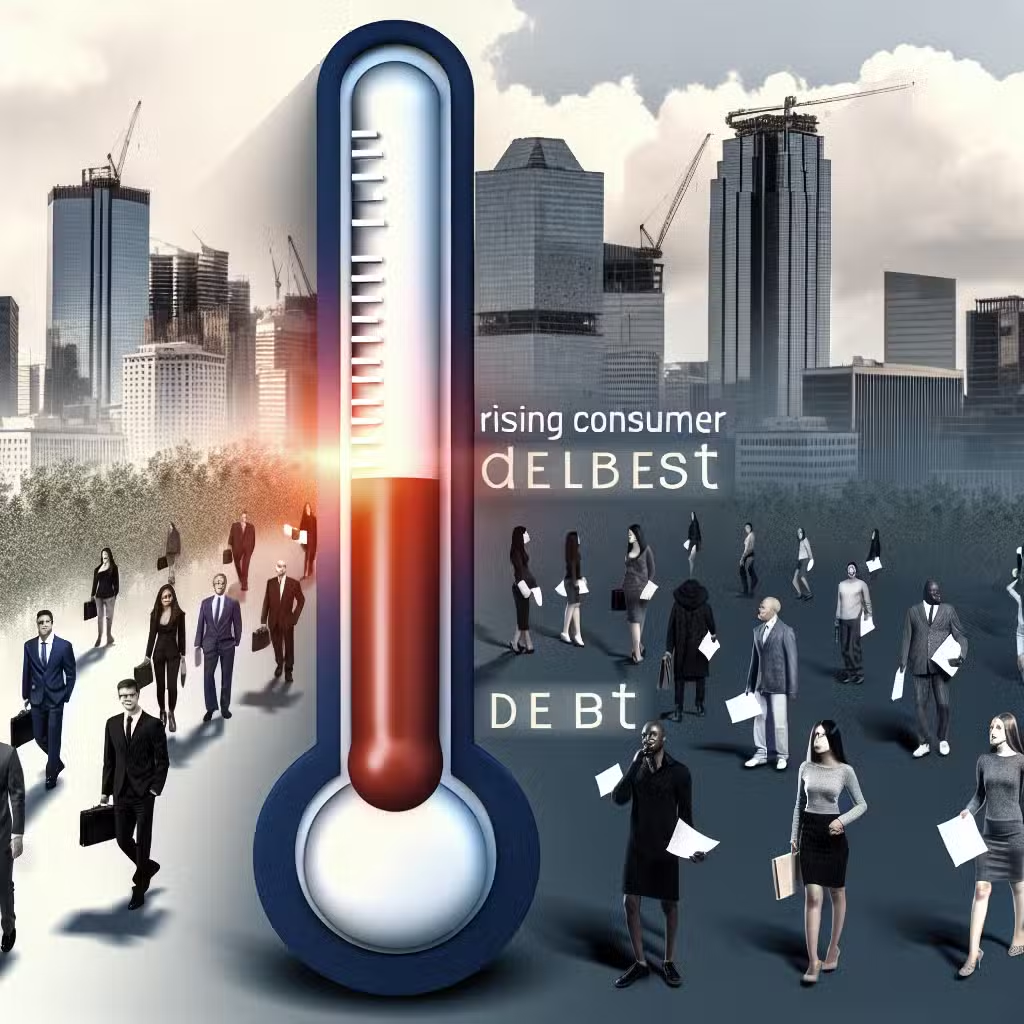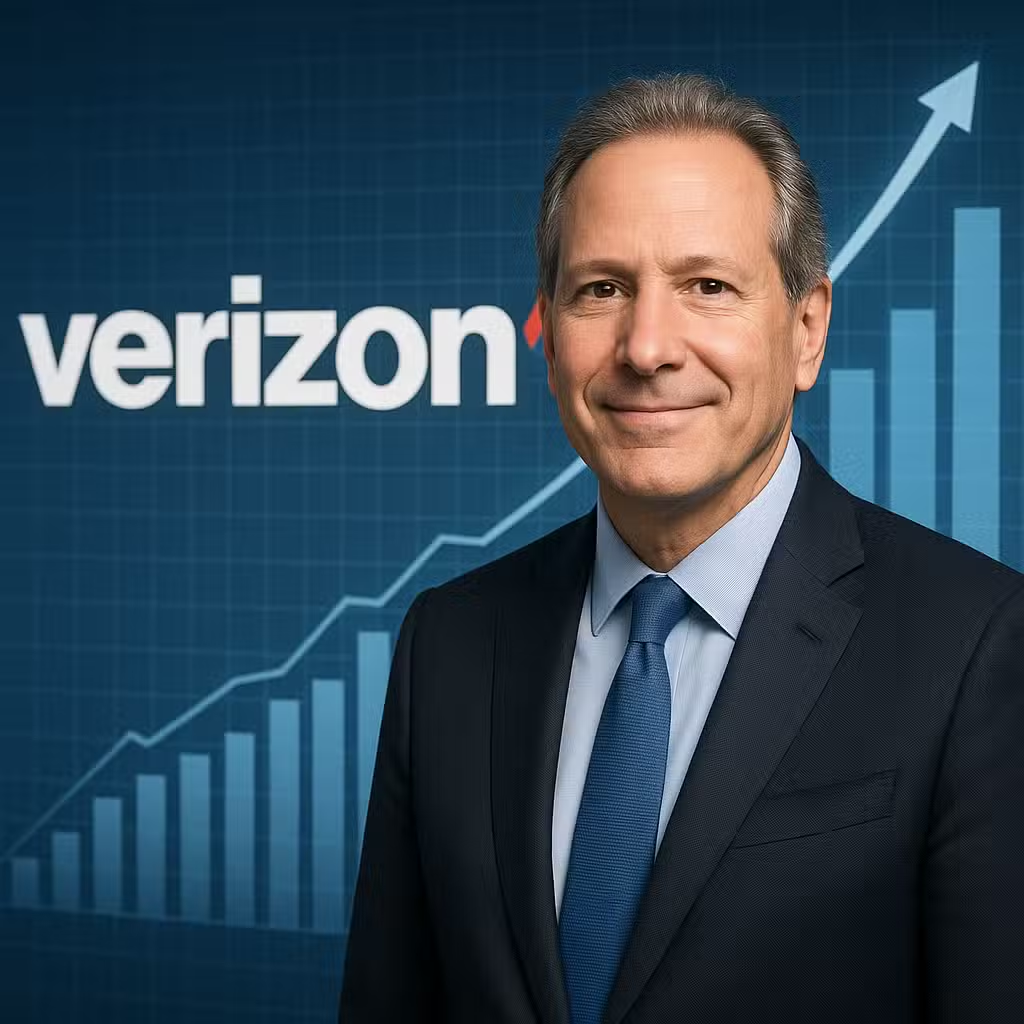Potential Changes to Public Service Loan Forgiveness Could Impact Long-Term Returns for Education Investors
Think of student loan forgiveness like a coupon you get for working at certain stores—if the rules change, some people might not be able to use their coupons anymore. This matters because millions of Americans count on this program to make paying for college more manageable.
What’s Changing With Student Loan Forgiveness?
The U.S. Department of Education just announced a new rule that will change who can get student loan forgiveness through the Public Service Loan Forgiveness (PSLF) program. Starting July 1, 2026, some groups—especially certain non-profits—may no longer qualify.
The PSLF program, created in 2007, lets people who work for the government or non-profits get their student loans canceled after ten years of payments. Over 9 million borrowers might be eligible for this help, according to Protect Borrowers.
The new rule says that organizations involved in “unlawful activities”—like supporting terrorism or helping illegal immigration—won’t be allowed to participate. The Education Department will decide which groups get excluded, and the language suggests that organizations working with immigrants or transgender people could face more scrutiny.
Why Does This Matter for Investors?
This change could affect millions of Americans who work at non-profits and government jobs. When people have less student debt, they often spend more, invest more, and contribute more to the overall economy. If fewer people qualify for forgiveness, some may have to keep paying off debt for longer, which could slow down spending in other parts of the economy like housing or retail.
Bull Case: The Positives
- Government Savings: The rule could save taxpayer dollars by limiting who gets loan forgiveness.
- Market Stability: Less government spending on debt relief could mean more stability for U.S. bonds and less pressure on federal budgets.
- Clearer Rules: Investors who want predictability may like that the rules are more clearly defined, even if stricter.
Bear Case: The Downsides
- Reduced Consumer Spending: More debt could mean less spending on goods, homes, or investments, which can slow economic growth.
- Non-Profit Sector Impact: Non-profits may struggle to hire or keep talented workers if loan forgiveness is harder to get.
- Legal Risks: The rule is expected to face lawsuits, which could create uncertainty for borrowers and markets.
Historical Context and Extra Data
Student debt in the U.S. has more than doubled since 2007, now topping $1.6 trillion (Federal Reserve). Studies show that when borrowers get relief, they’re more likely to buy homes and save for retirement. For example, a 2021 study from the National Bureau of Economic Research found that student loan forgiveness boosts credit scores and increases homeownership rates among young adults.
Both Sides of the Debate
- Supporters of the new rule say it stops taxpayer money from going to groups they believe break the law or act against national interests.
- Critics argue that the rule could unfairly punish workers at non-profits that help vulnerable populations, and that it uses financial rules to silence certain viewpoints.
It’s important to note that anyone who already worked for a soon-to-be-excluded organization will still get credit for their time up to July 2026, but the future is less certain after that. Legal challenges could delay or change how the rule is enforced.
Investor Takeaway
- Watch for legal battles that could affect when or if the new rule takes effect.
- Be aware that sectors like non-profits, education, and consumer retail could see changes in hiring or spending patterns.
- If you invest in municipal bonds or funds tied to public-sector jobs, keep an eye on policy shifts that impact workers’ financial health.
- Remember that changes in student debt policy can have ripple effects across the economy, from home sales to retirement savings.
- Stay informed—policy changes like this can shift quickly, and being prepared helps you make better investment decisions.
For the full original report, see CNBC







